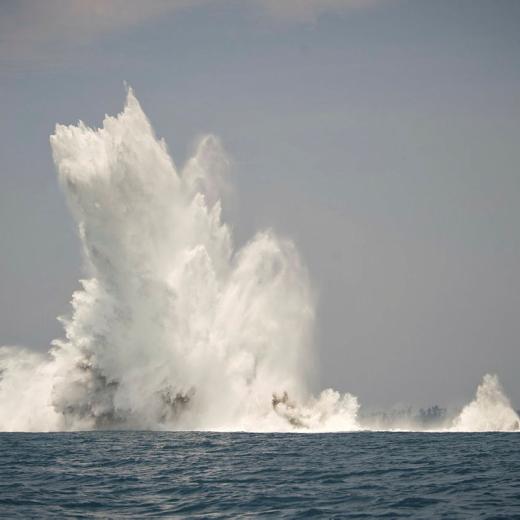BLUF
Australian scientists have made a significant discovery about how cancer spreads throughout the body.Summary
A cure for cancer is another step closer, thanks to the findings of a team of scientists from the University of NSW (UNSW) Sydney. The findings build on scientists' understanding of cell mechanics, provides a new direction for cancer research. This article explains what this research is about as follows:
Most of the cells in our bodies are locked in place with the help of tiny anchors called 'focal adhesions'.
Focal adhesions use protein chains to link the cell to collagen, a protein that gives structure to our body.
The anchors help the cells stay put and resist disruption to their environment.
However, if a cell morphs into a cancer cell, the chain can break, allowing cancer to spread to other parts of the body.
UNSW (Sydney) scientists have found the specific protein (or link) in the chain responsible for upholding that connection.
Scientists already knew that cancer weakens a cell's anchors but didn't know precisely how. One of the difficulties is the tiny size of the anchor's chain (about 1/10,000th of the thickness of a human hair). So the team used specialised 3D cryo-electron microscopy—a powerful imaging technique that uses an electron microscope to create high-resolution images of cells—to identify 'tropomyosin' as the key protein holding the anchor in place.
References
Jun 2021 Medical News Today Cancer research: What's exciting the experts? Part 2
Jul 2021 Cancer Institute NSW A history of global cancer breakthroughs
Sep 2021 Science Daily Thousands of tiny anchors keep our cells in place – and now we know how





